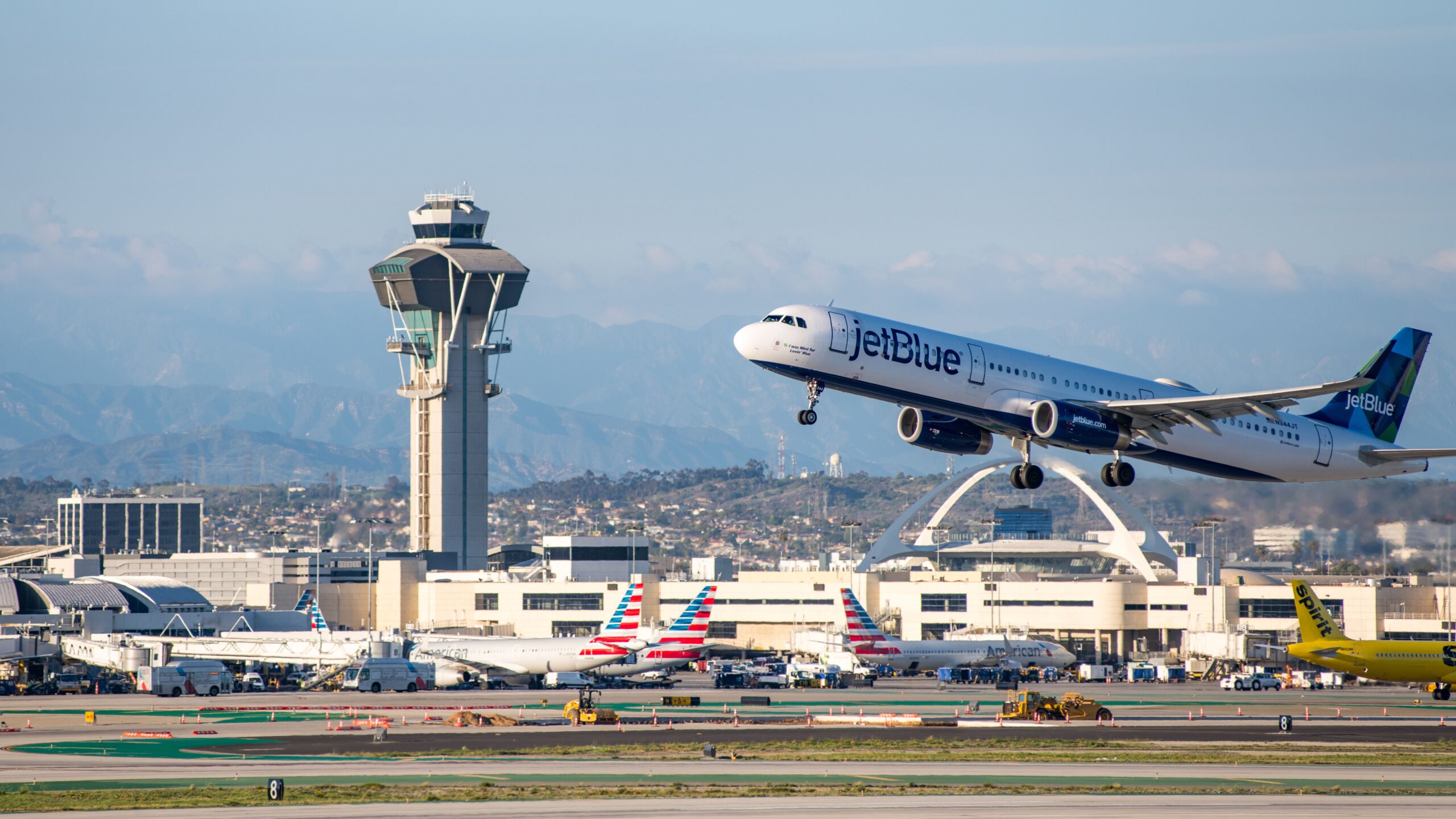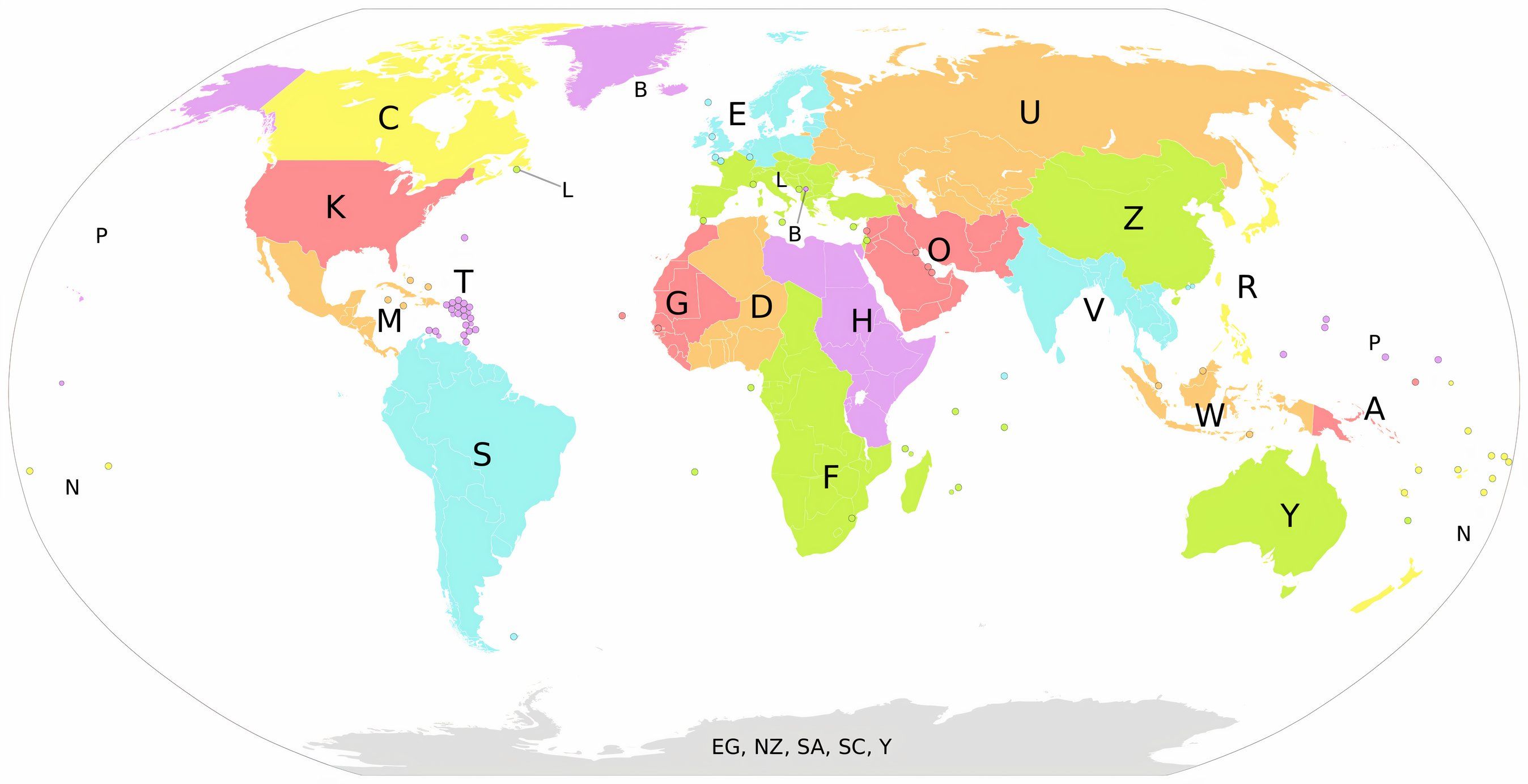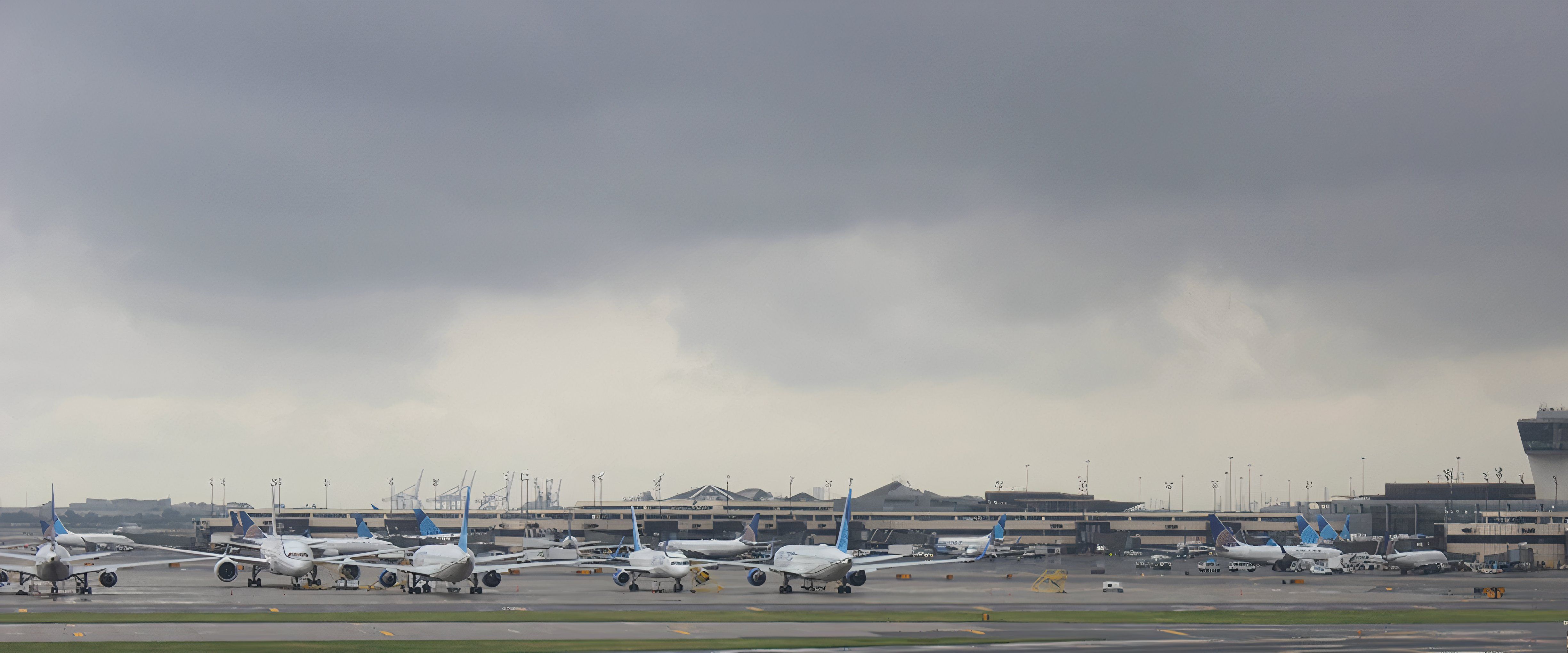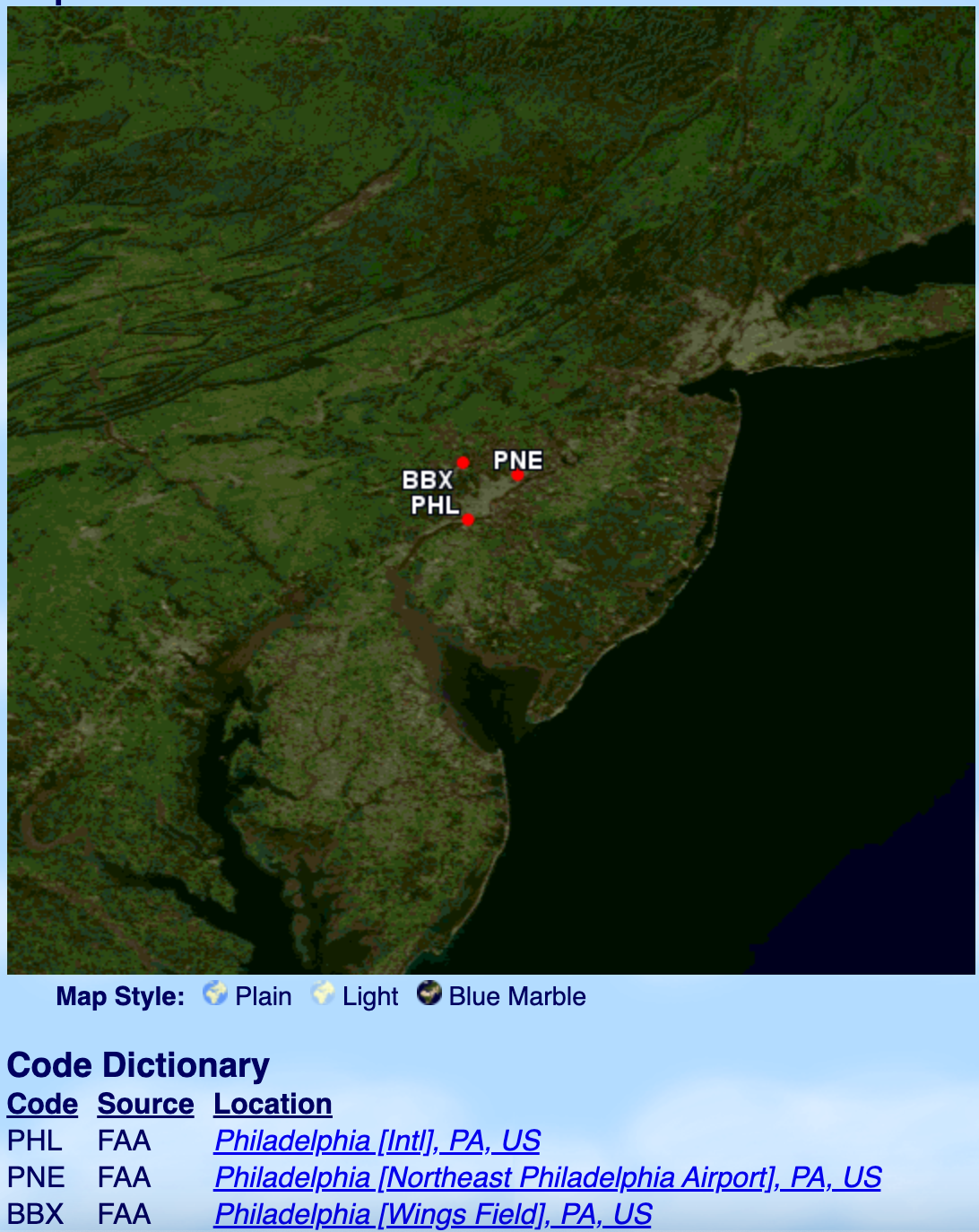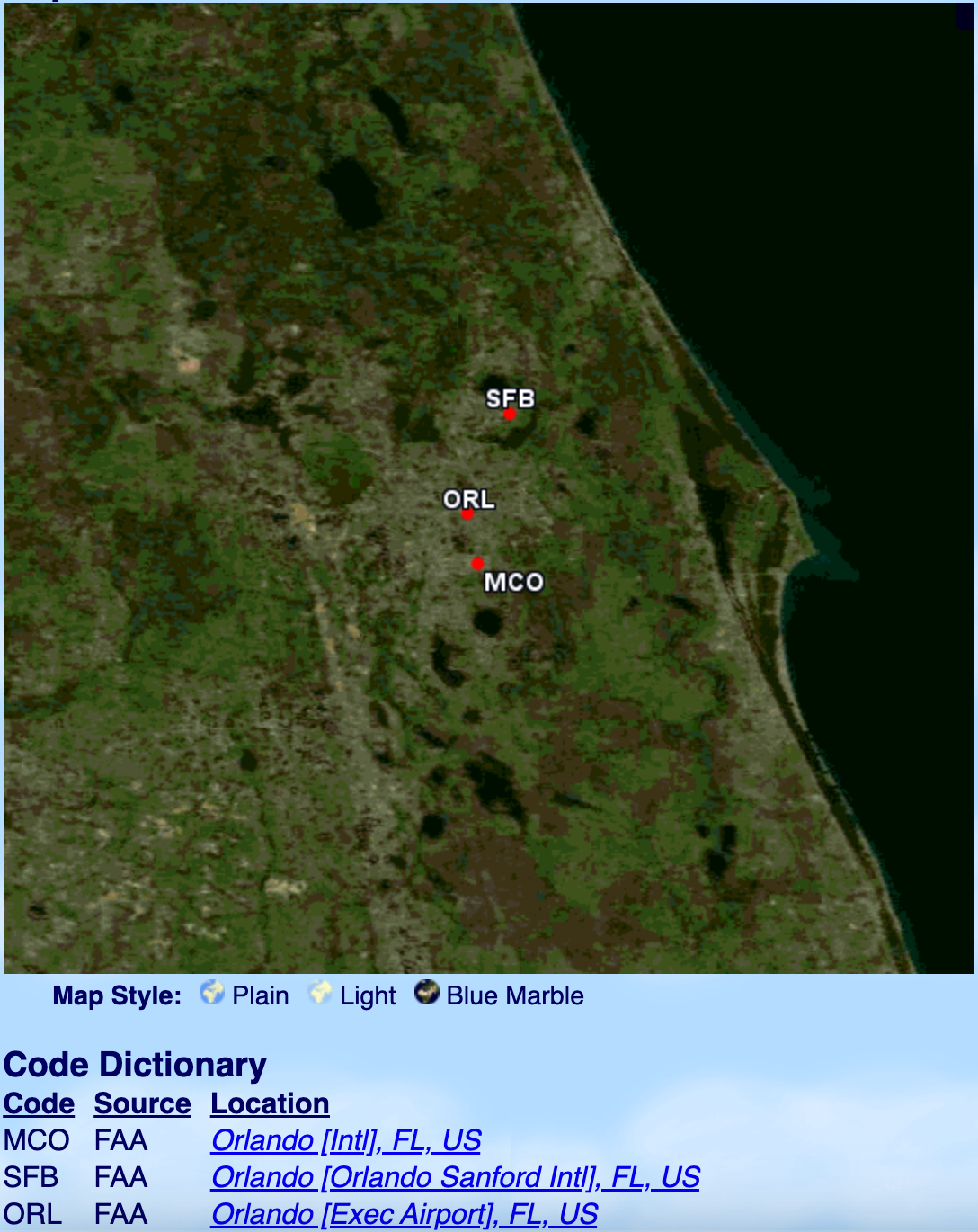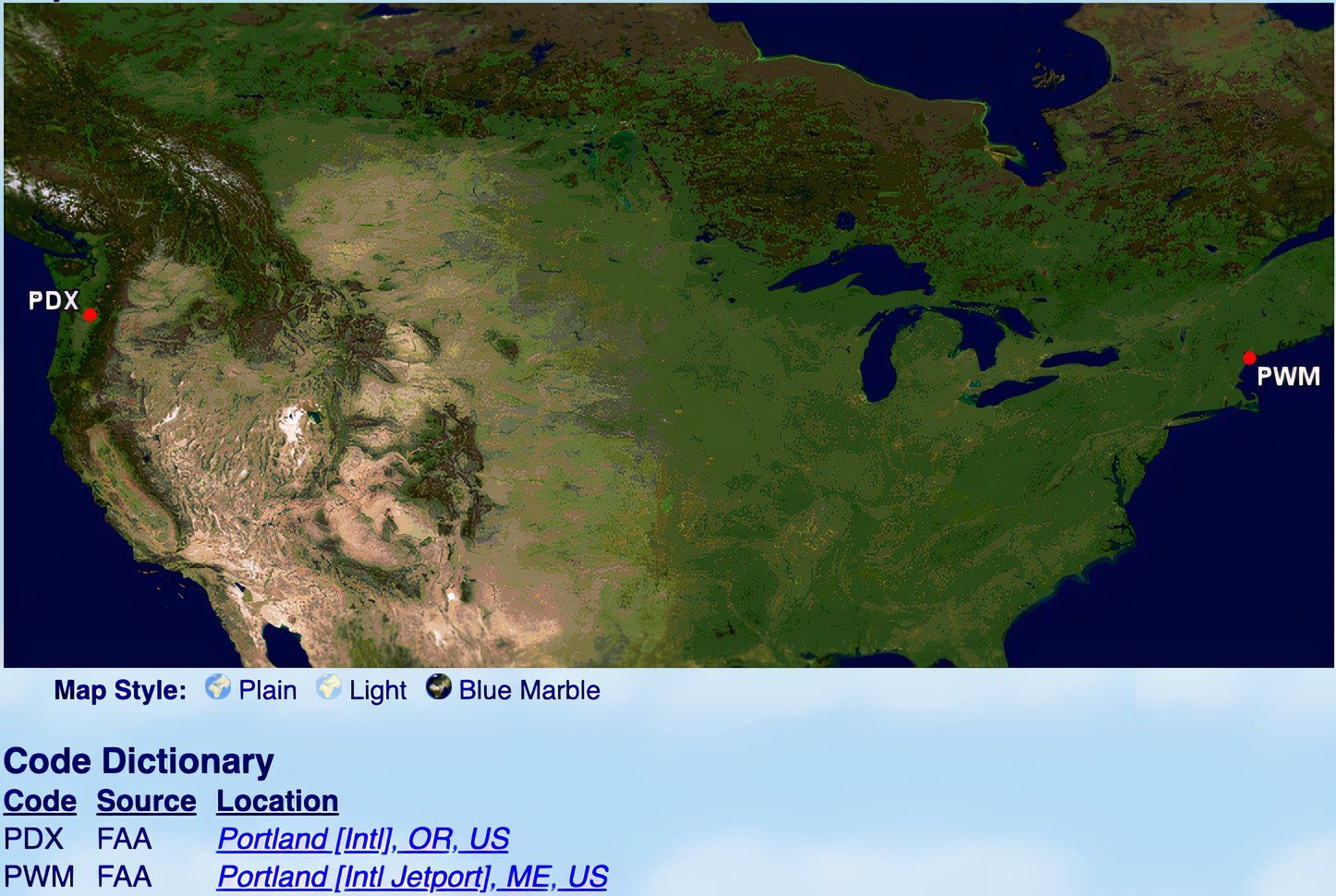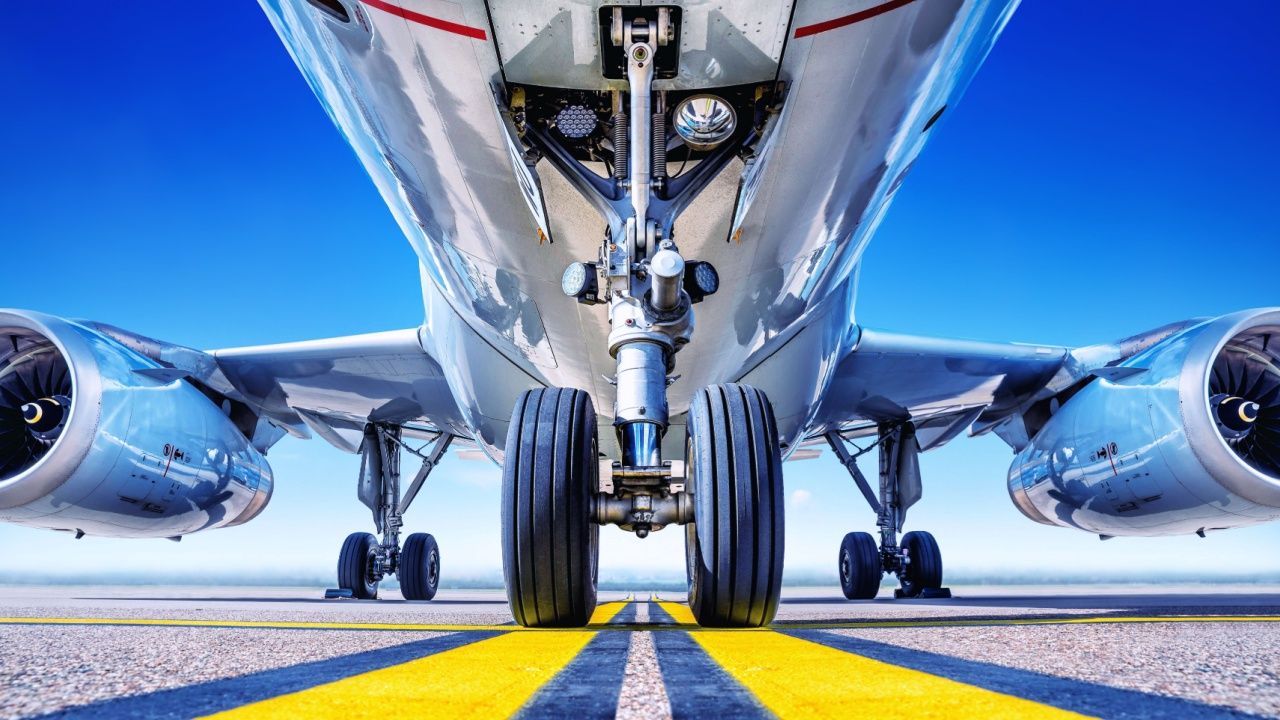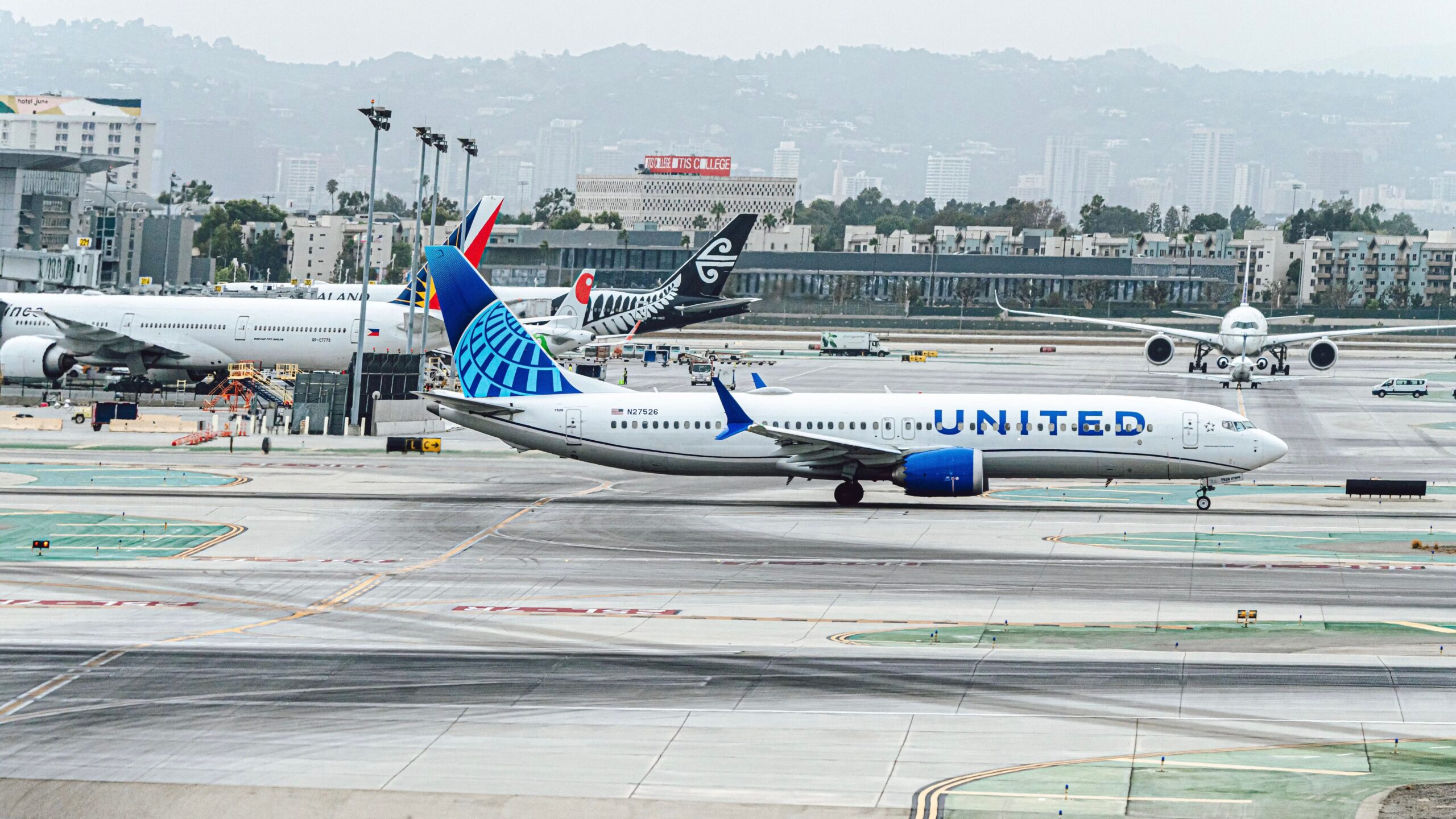Summary
- The three governing bodies responsible for airfield codes are the FAA, IATA, and ICAO.
- IATA issues 3-letter codes for airfields and airports; ICAO assigns 4-letter codes for flight operations purposes.
- Airfield codes can’t overlap, are not always intuitive, and changes are rare due to permanency concerns.
It’s easy to assume that airfield identifiers correlate with letters in the field’s name: “JFK” because it’s the initials of the late President after whom the airport is named; “MIA” because those are the first three letters in “Miami”; and “LAS” because that’s the first half of “Las Vegas.” Yet, it’s actually way more complicated than that, involving at least three governing bodies with their own separate naming standards.
What are the three governing bodies?
The three governing bodies are the Federal Aviation Administration (
FAA
), the International Air Transport Association (
IATA
), and the International Civil Aviation Organization (
ICAO
). IATA is responsible for an airfield’s three-letter code, such as JFK, MIA, and LAS. The organization shares:
“IATA (3-letter) location codes are used for strictly commercial airline purposes and are issued at the request of an airline(s). IATA will also issue codes (at airline request) for non-airport locations, most commonly for train and ferry stations where there is an intermodal connection.”
The ICAO is responsible for some airfields’ four-letter codes. Airfields in the contiguous 48 United States have their four-letter codes starting with a “K”: KJFK, KMIA, and KLAS. Airfield codes in Alaska and Hawaii begin with “P”: PANC (Anchorage) and PHNL (Honolulu). These codes are issued for more flight operations purposes and thus are issued to both commercial and non-commercial airports, among other differences to IATA codes.
The FAA also issues a three-character Location Identifier (LID) for each airfield in the United States. According to Air Traffic Organization Policy Order JO 7350.9GG,
“Three-letter identifiers are assigned as radio call signs to … Airports: (a) with a manned air traffic control facility. (b) with a navigational aid (NAVAID) within airport boundaries. (c) that receive scheduled route air carriers. (d) that receive military airlift services. (e) designated by the U.S. Customs Service as Airports of Entry … Public use airports commissioning Automated Weather Observations Systems, level III (AWOS-III) or higher that have paved runways 5,000 feet or longer.”
So, how do airfields get their codes?
Unfortunately, assigning an airfield its codes is not always as straightforward as using the first few letters in the location’s name. For example, San Diego, San Francisco, and San Antonio can’t all have the code SAN. One remedy is to take other letters from within the airfield’s name. San Diego is SAN, San Francisco is SFO, and Texas’ San Antonio is SAT. The IATA and ICAO also have to ensure codes in the USA don’t overlap with codes in other countries. People are already ending up in Austria when they have hotel reservations in Australia and vice versa.

Related
Mythbusting: Do Austrian Airports Really Have Counters For Passengers Who Were Meant To Fly To Australia?
Austria’s Salzburg Airport debunks the popular social media story about confused passengers who intended to fly to Australia.
The United States also has policies regarding code standards, including which letters can be included in a code. Pilot Institute explains that:
“K and W are reserved for public radio stations, while the letter Q is used in Morse radio codes called Q-codes. N is used for Naval Air Bases, and Z designates Air Route Traffic Control Centers (ARTCCs). To avoid confusion, the letter Y is not used as it overlaps with internal codes for Canadian airports designated by Transport Canada.”
As a result, Westchester County Airport in New York is HPN and not WCA. It’s worth noting that HPN is short for the towns surrounding it: Harrison, Purchase, and New Castle. The coding policy is also why Newark-Liberty International Airport in New Jersey is EWR ― the subsequent three letters after the “N” in “Newark.”
Photo: Noah Cooperman | Simple Flying
The FAA seems to have some exceptions to the letter limitations: New Orleans Lakefront Airport holds the code NEW; Willow Run Airport next to Ypsilanti, Michigan is YIP; and Westerly State Airport in Rhode Island is WST.

Related
Why US Airports’ ICAO Codes Start With The Letter K
The K-prefix was assigned by the International Civil Aviation Organization to the continental United States.
Additionally, some airfields obtain their codes from the previous name of the land on which it was built. Chicago-O’Hare International Airport is ORD because it was previously called Orchard Field Airport.
It is also crucial for airfields in the same area with the location in the name to have different codes. Philadelphia International is understandably PHL, Philadelphia Northeast Airport is PNE, and Philadelphia Wings Field is BBX because it’s in Blue Bell.
Map: GCMap.com
Orlando International is MCO, Orlando-Sanford is SFB, and Orlando Executive is ORL.
Map: GCMap.com
Airfields with the same name in different places must also be assigned different codes; Portland International Airport in Oregon is PDX, and Portland International Jetport across the country in Maine is PWM.
Map: GCMap.com
Certain airfields don’t like it when non-aviation folks refer to the fields by the wrong abbreviation. Orlando International Airport frowns upon the abbreviation “OIA.” The airport’s website explains that,
“the airport designator code ‘MCO’ comes from the former McCoy Air Force Base … on which site … Orlando International Airport now stands.”
Tampa International Airport takes similar offense when it is referenced as “TIA,” despite officially having the code TPA. The airport posted the following, the day after the 2024 North American Solar Eclipse:
On behalf of the aviation industry, please don’t use codes that aren’t assigned by the ICAO or IATA for airfields.
What about alphanumeric airfield codes?
The FAA uses a specific system to assign location identifiers (LIDs) to airports. Larger airports with runways over 5000 feet and advanced weather stations receive four-character codes. Smaller public airports have LIDs with one letter and two numbers. Private airfields use a unique four-character LID format that cannot be confused with international airport codes. As a result, some airfields have numbers in their codes. These include public and private-use airports with runways, heliports, seaplane bases, gliderports, and hospitals. The following table includes airfields with such alphanumeric codes:
| Airfield Name | Runway Dimensions (ft) | Location | Code |
| New York Skyports Inc. Seaplane Base | 10000 x 1000 (water) | East River, NY | 6N7 |
| West 30th St Heliport | Helipads | Just up the river from 6N7 | 6N5 |
| Green Swamp Aerodrome Airport | 2600 x 100 | Lakeland, FL | FD33 |
| Halifax Hospital Medical Center Heliport | Helipads | Daytona Beach, FL | 29FL |
| Harris Hill Gliderport | 1115 x 150 | Elmira, NY | 4NY8 |
Can an airfield change its code?
There are currently around 11,300 IATA codes assigned to airfields around the world. In a given year, IATA gives out 40–50 codes. However, the association states that,
“Assigned three-letter location identifiers are considered permanent and are almost never changed – and then only with strong justification, primarily concerning air safety.”
Factors that may affect code changes include:
- Name change: If an airport changes its name, the IATA code (the three-letter code used by airlines and travelers) is often the first to be affected. The ICAO code (four-letter code used by air traffic control) may or may not change, depending on the significance of the name change. New York’s JFK International was initially Idlewild Airport with the code “ILD.” The airfield was renamed and thus received a new code in honor of the late President.
- Ownership change: If an airport changes from public to private ownership or vice versa, the FAA’s Location Identifier (LID) code might need to be adjusted to reflect the new status. East Hampton Airport in New York was initially “HTO” but was renamed East Hampton Town Airport and given the identifier “JPX” because it was slated to become a private airport.
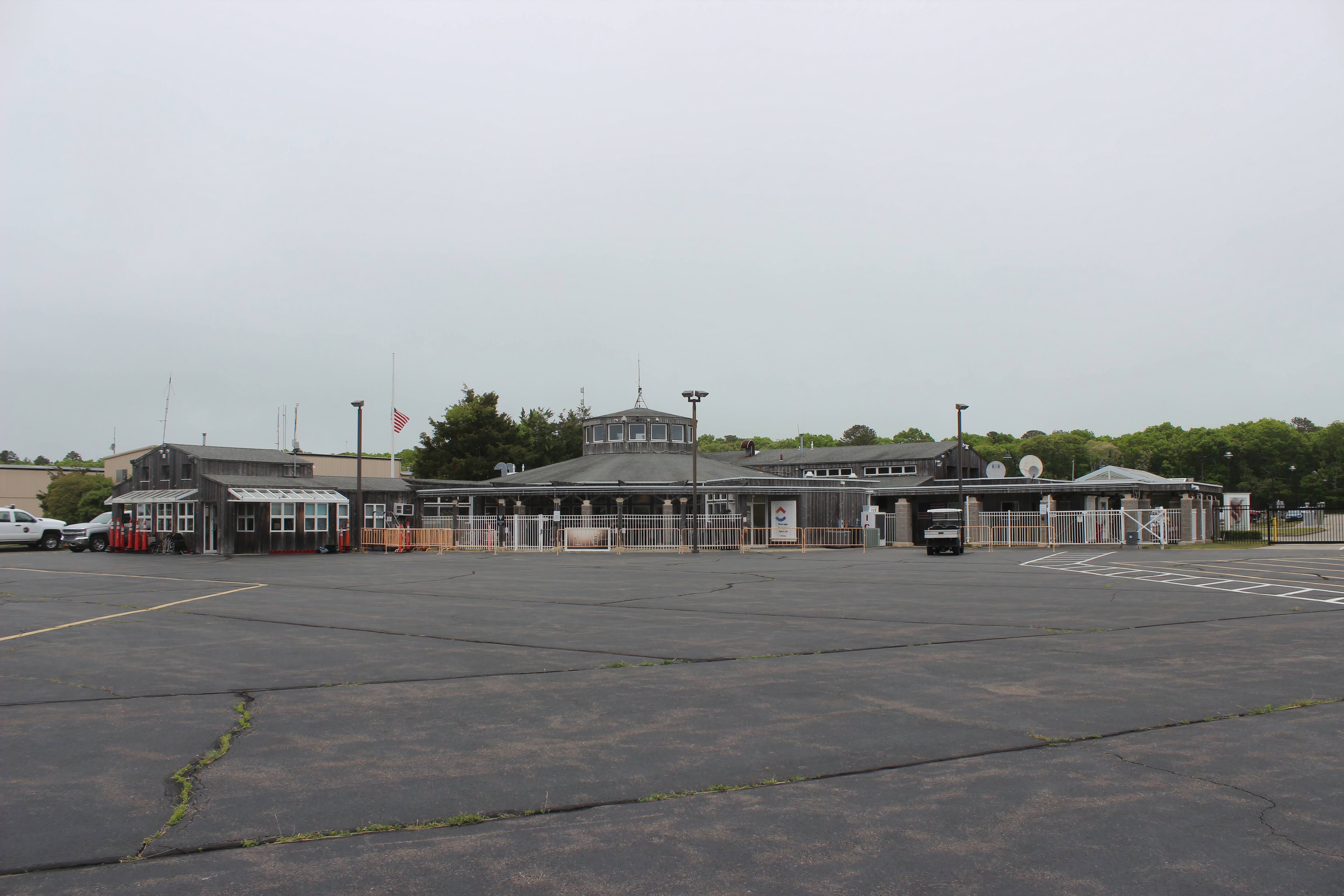
Related
Hub to the Hamptons: All About East Hampton Airport
East Hampton Airport: A historic aviation hub with top-notch services, sustainable practices, and charter and fractional ownership operations.
- Increased traffic or new facilities: If an airport is situated near another airport, it might qualify for a new code to prevent confusion. Washington Dulles International had its code flipped from “DIA” to “IAD” to avoid confusion with nearby Ronald Reagan National, which has the code “DCA.”
- Mergers or closures: When airports merge or close, their codes are typically retired, and new codes may be assigned to the resulting airport or the remaining airports. When Denver’s primary airport moved locations, it was assigned the code DEN, while the old Stapleton International Airport kept its code, STA, for a time before closing.
When selecting a new location identifier, the primary choice is an unused code derived from the location’s first three letters. If this option is unavailable, an alternative code beginning with the location’s first letter is considered. Applicants may propose preferred codes from the available list, but all selections must adhere to IATA Resolution 763 guidelines.
Determining the unique identifier for an airfield involves a complex interplay of factors and governing bodies. While it might seem simple to correlate an airport’s name with its code, the process is intricate, with the FAA, IATA, and ICAO each playing a crucial role in assigning designations. These organizations have distinct standards and requirements that influence the final code, often resulting in codes that bear little resemblance to the airport’s name.

